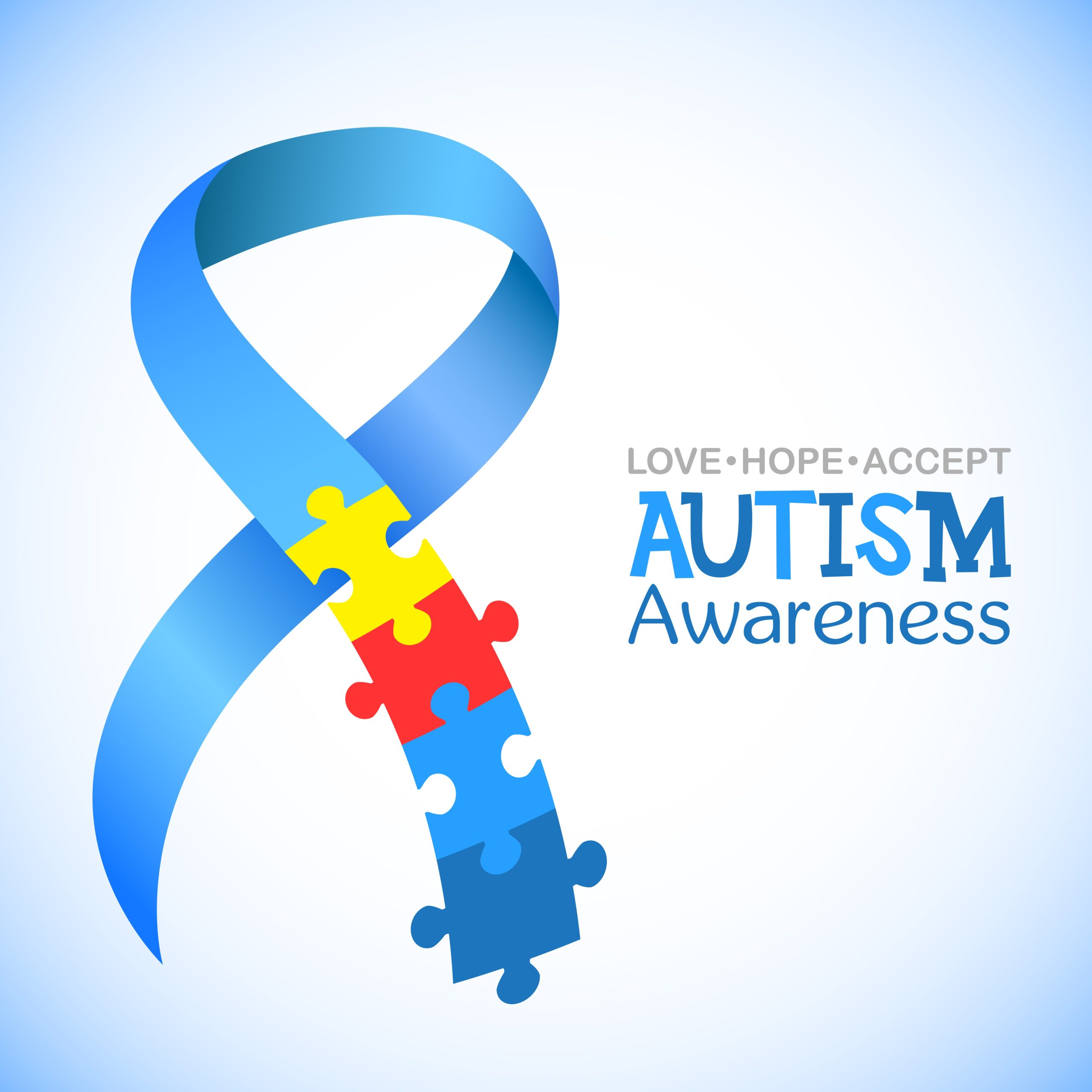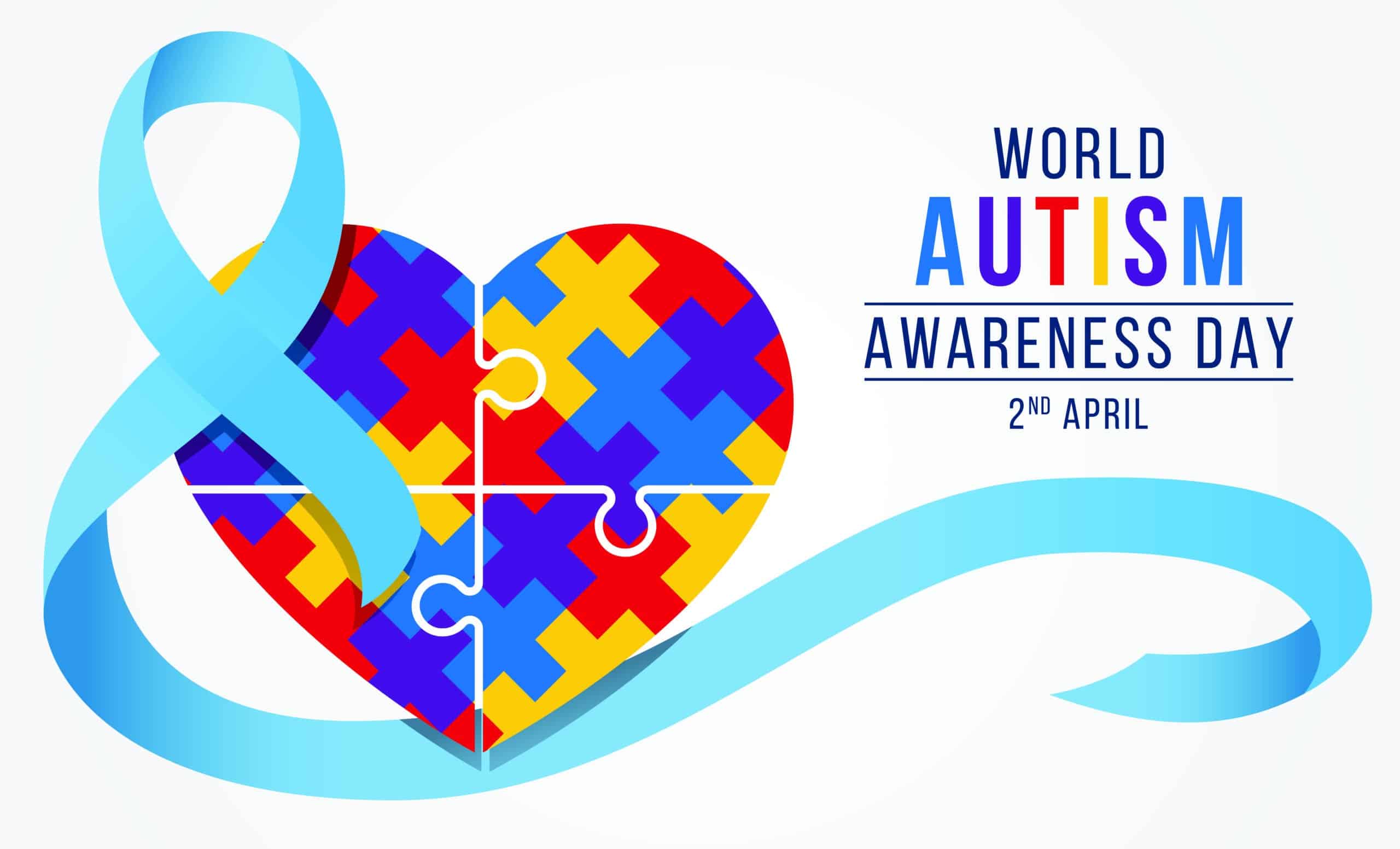It’s still Autism Awareness month, so this week we’re featuring a recently opened NYC-based café that offers employment opportunities to individuals on the autism spectrum.
Café Joyeux, which began in France, recently opened its first New York location on Manhattan’s East Side. The café/restaurant chain was founded by Yann Bucaille-Lanzerac, a French entrepreneur.
In 2012, Captain Bucaille-Lanzerac, an avid sailor, bought a fully accessible catamaran and started offering sailing excursions for people with autism spectrum disorder and intellectual disabilities. On one such trip, a passenger named Theo asked the captain to give him a job on the ship but Bucaille-Lanzerac had no job to offer. The request opened his eyes to the obstacles that many individuals with developmental and intellectual disabilities face when trying to break into the job market. It inspired Bucaille-Lanzerac to start Café Joyeux, a “not-for-profit organization dedicated to promoting the inclusion of people with disabilities, starting in our own cafes but also beyond the walls of our own company.” The character in the company’s logo is designed to look like Theo.
The first Café Joyeux location opened in 2017 in Rennes, France. Two years later the organization’s “flagship” store opened on the Champs- Élysées in Paris with French President Emanuel Macron in attendance.
According to the organization’s website, all of Café Joyeux’s profits are reinvested to support its mission. Currently, there are 21 stores. Most are in France but the chain has also opened locations in Belgium, and in Lisbon and Cascais in Portugal. This year, eight more locations (including the Manhattan store) are scheduled to open in the United States.
So far, the organization employs 183 crew members with developmental and intellectual disabilities and 115 managers and catering professionals who train and work alongside them.
Café Joyeux stores are notable for their beautiful appearances and layouts. They were designed by well-known French interior designer Sarah Poniatowski, who took care to ensure that the stores’ design elements and layouts are pleasant for both customers and employees.
Café Joyeux also takes pride in offering high quality food made onsite and of course, their own line of coffee. Interested in checking out the NYC store? You can find it at 599 Lexington Avenue, on East 52nd St. between Lexington and 3rd Avenue.
Photo credit: Café Joyeux













